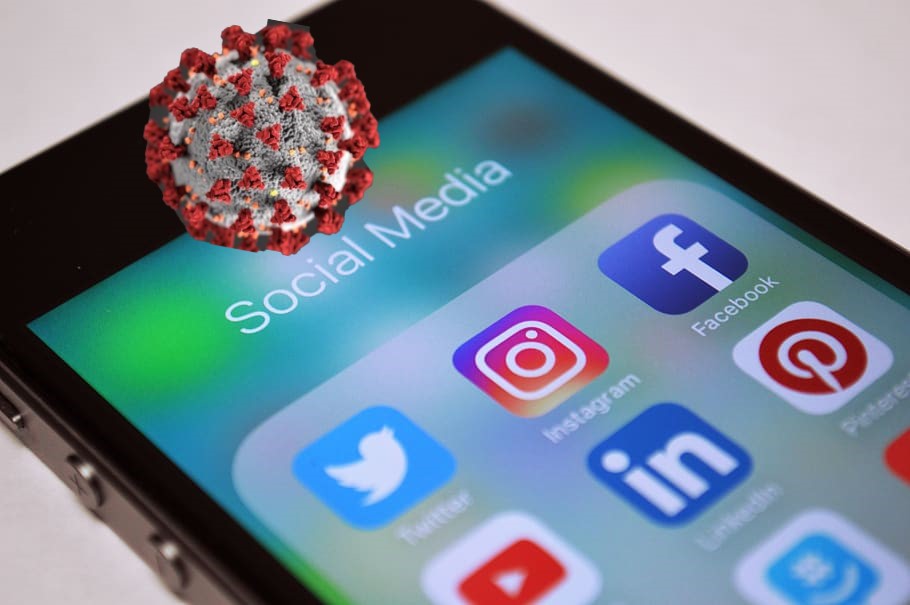Photo by Jon Sailer on Unsplash
David and Goliath is a biblical story that pits agility of mind and body against size and power. At Deutsche Welle’s recent Global Media Forum, I witnessed a fascinating contest of wits in which DW’s Head of News, Max Hofmann, interviewed video blogger, Nuseir Yassin of Nas Daily. The issue – is what Yassin does, journalism? Yassin claims that the future of journalism lies with the individual, not the institution. But it’s a little more complicated than that. Behind the phenomenal individual success of someone like Nuseir Yassin (Nas Daily has over 38 million followers) stands an even larger giant. These are the social media platforms, Facebook and YouTube, that have allowed Yassin to reach millions of people globally on a daily basis. So who is the winner in this David and Goliath story and why does it matter?
History can help put things in perspective. As Yale History Professor, Timothy Snyder, points out, the invention of the printing press in 1450 resulted in over a hundred years of religious war in Medieval Europe and beyond. The internet and all that comes with it, is still in its infancy. It is still being shaped and yet it has already caused considerable disruption, particularly for traditional media. It has overturned long-established business models based on advertising dependent on new distribution channels. According to Reuters, 69% of people worldwide now access news via their smartphones. Conversely, US newspaper circulation in 2020 was at an 80-year low.
‘The future belongs to the individual, not the institution’ – Nuseir Yassin
The battle between traditional media organisations and social media giants like Google and Facebook is now familiar to most of us. Nuseir Yassin, colourfully describes it as ‘Some schmuck eating your lunch’. Content, produced by media organisations is distributed via social media platforms who get rich on the advertising revenue that accrues. One should not forget however, that these same platforms are helping news outlets reach a far wider audience than ever before. More consumers have traditionally been considered a sign of success. This is because it meant that more people were buying your product. But if no one is paying for the news that you produce with such painstaking care, does a larger audience benefit you and what does this mean for the future of journalism more generally?
This is where individuals like Nuseir Yassin come in. ‘The future belongs to the individual , not the institution’, he declares. Based no doubt on his own phenomenal success as a vlogger, Yassin argues that people like and come to trust individuals rather than institutions in the social media world. He is unashamedly biased in his position – an Israeli Arab, he supports a two state solution to the Israeli/Palestine conflict. His plan, he tells us, is to flood the internet with an alternative message of hope and peace in the Middle East. Idealistic perhaps, but not without substance when one considers the kind of power he commands in the virtual world as a result of his enormous following.
‘We need less information and more knowledge’ – Elif Shafak.
There is power in numbers. Nowhere is this more evident than on social media. Clicks are king. But they signal little more than a fleeting interest in an endless stream of information that barely registers with the consumer of this fast news diet. ‘We need less information and more knowledge’ says Turkish journalist, Elif Shafak. Knowledge implies processing and interpretation. This takes time. Yassin echoes this idea. ‘We live in a world where information is free but opinion is hard to come by’. Some see the future of journalism in the rise of new approaches like slow journalism. This is journalism that does not follow the 24 hour news cycle. A cycle on steroids since the arrival of the internet. Notions of time and space are different in the digital world. Or, as Professor Snyder puts it, ‘the digital world works in its own way, via its own rhythms’. Everything in this world is faster and further away. Further away from our real, locally rooted lives. Faster than our everyday routines.
The death of local news, newsrooms and papers is by now well documented. The consequences are revealing themselves more slowly as communities find themselves stranded in local news deserts. Professor Snyder explains that the increasing polarisation and levels of disinformation that we find in the social media world, have sprung up as a result, at least in part, of the lack of real, locally rooted news. ‘If media’s going to work in the future, it has to work locally’. Connection to local news and local reporters builds trust. In the virtual world, trust is becoming an increasingly rare commodity. Vloggers like Yassin are gaining trust globally, via individual, first person narratives that speak to a new generation. But he too agrees, that ‘distribution is not a right, it’s a privilege’.
Democracy thrives on truthful reporting and factual accuracy.
The question remains, who should be trusted with this privilege and who are the gatekeepers now? The European Union’s new Directive on Copyright in the Digital Single Market provides for new rules to ensure fairer remuneration for publishers and journalists. It also increases transparency in their relationships with online platforms. It’s a start, but democracy is a delicate flower in many ways. It cannot be regulated into law, permanently. It thrives on the very openness that can also pose threats to its existence. Freedom of the press is one part but freedom of expression via social media platforms is another. Sometimes these two pull together, sometimes they are at odds with one another.
Who’s the winner in the David and Goliath battle? That depends on who one casts as David and who one views as Goliath. One thing is clear however, democracy thrives on truthful reporting and factual accuracy. These should form the basis of our trust in an individual or an institution and these should be prioritised in the new online world in which so many of us now spend our time. The future of journalism is dependent on recognising and supporting these ideals both in spirit and with cold, hard cash.


